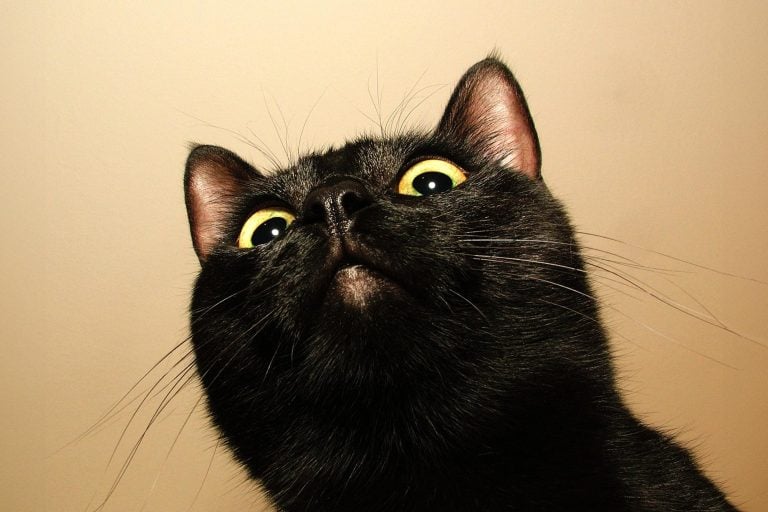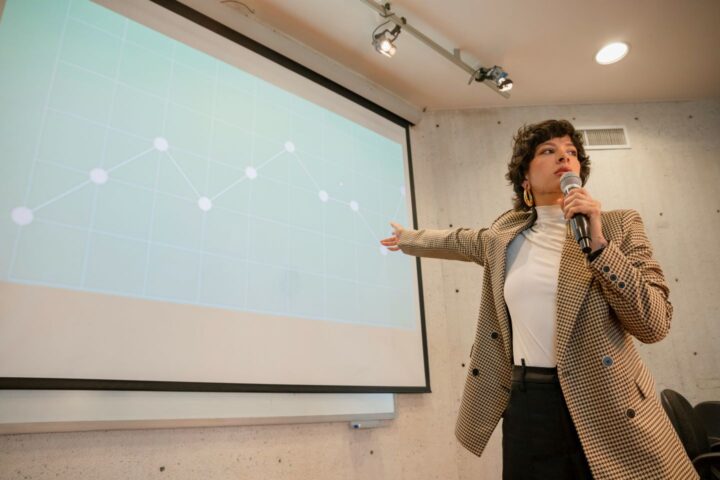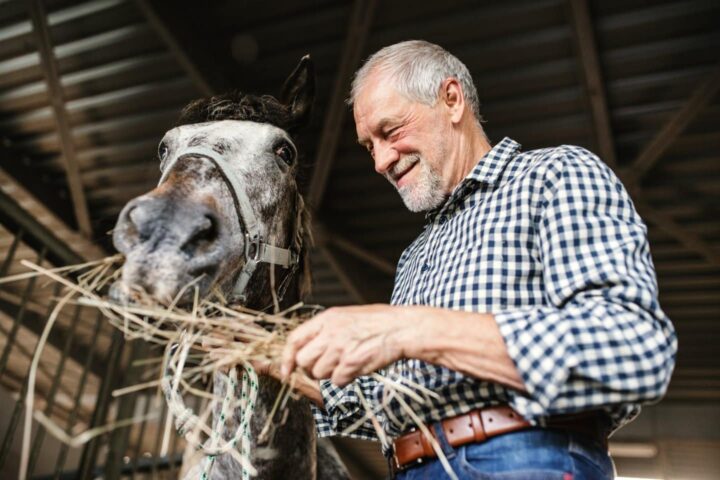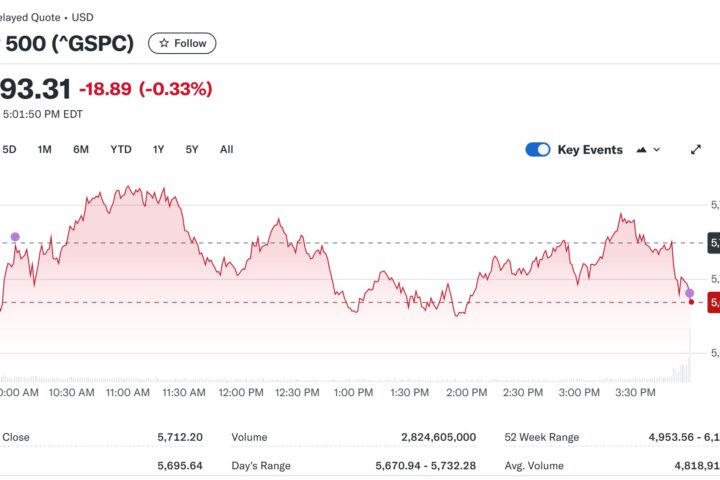University of Florida Researchers Discover Novel Virus with Potential Public Health Implications
This Halloween, a curious black cat named Pepper has brought more than treats to his owner, Dr. John Lednicky, a virologist at the University of Florida. A dead mouse Pepper caught led to the discovery of a new virus, Gainesville rodent jeilong virus 1, marking the first time a jeilongvirus has been detected in the US.
Key Findings:
- The virus was discovered in a common cotton mouse brought home by Pepper.
- Gainesville rodent jeilong virus 1 is a unique strain, distinct from other jeilongviruses.
- The virus can infect multiple species, including humans, rodents, and nonhuman primates.
- Jeilongviruses are associated with respiratory infections and can cause serious illness in humans.
The Research:
Lednicky and his team, including doctoral candidate Emily DeRuyter, identified the virus through laboratory testing. The study’s findings were published in the journal Pathogens.
Implications:
- Potential public health concern due to virus’s ability to infect multiple species.
- Highlights the importance of ongoing wildlife surveillance and viral research.
- Emphasizes the need for caution when interacting with wild animals or their waste.
Expert Insights:
“We were not anticipating a virus of this sort, and the discovery reflects the realization that many viruses that we don’t know about circulate in animals that live in close proximity to humans.” – Dr. John Lednicky
Future Directions:
- Animal studies to determine the virus’s effects on rodents and other small animals.
- Investigating potential human cases in Gainesville and Florida.
- Continuing surveillance and research to identify emerging viral pathogens.
Reference:
“Discovery of a Novel Jeilongvirus in the United States” by Emily DeRuyter et al., Pathogens.
Related Articles:
- The Hidden Dangers of Wildlife-Borne Viruses
- The Importance of Viral Surveillance in Preventing Public Health Crises
- Uncovering the Secrets of Emerging Viruses
Share Your Thoughts:
What do you think about the discovery of this new virus? How important is wildlife surveillance in preventing public health crises?

















